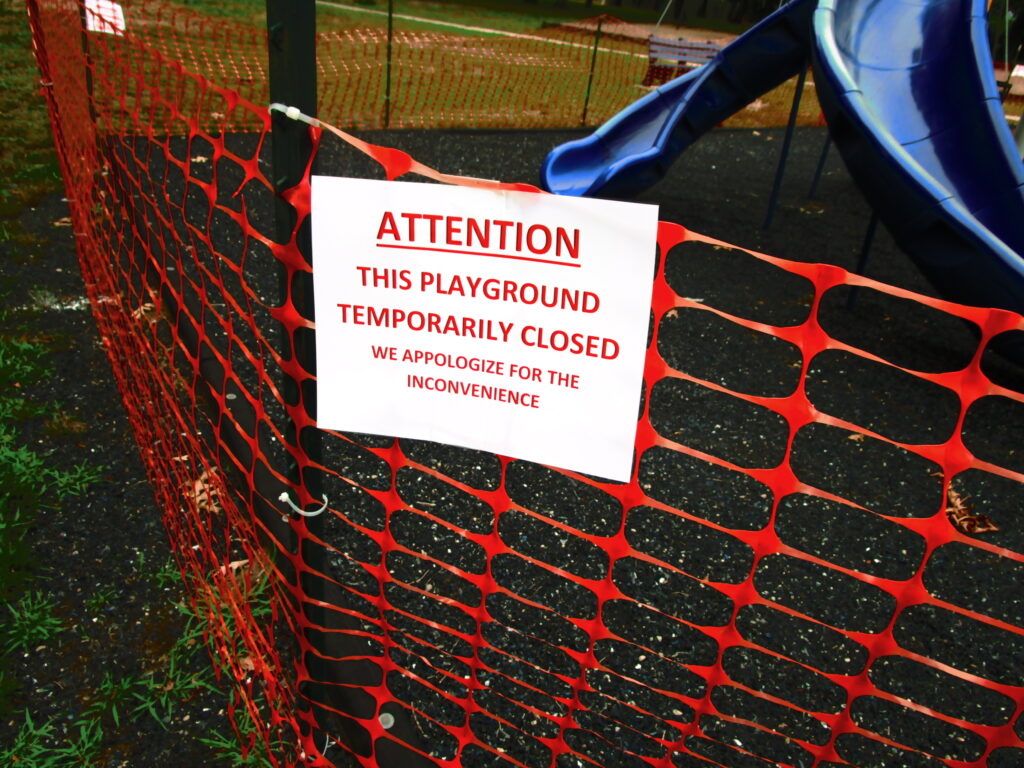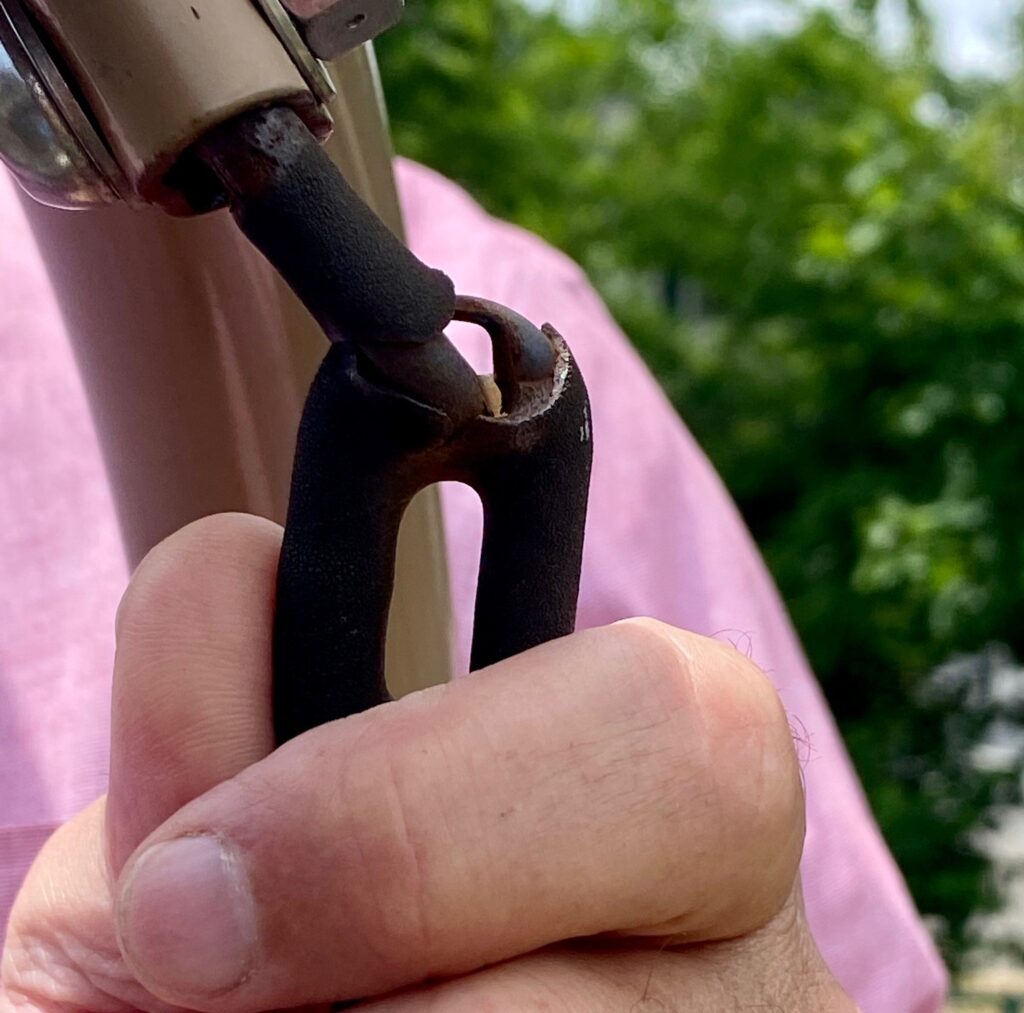Published in Parks and Recreation 2021 Playground Guide
https://www.nxtbook.com/nrpa/ParkRecreationMagazineSupplements/PlaygroundGuide2021/index.php#/p/12

One day, I attended a school safety committee meeting, as the safety professional representing the insurance company for the school district. The other members of the committee included: a parent, a student, the school business official, the principal, the head custodian, and a few teachers.
The group was split into two. Each group was asked to conduct a tour of the two-story building and record any safety hazards observed. One group was assigned to survey the first floor, and my group visited the second floor. After thirty minutes, all of the safety committee members reassembled in the conference room.
The first-floor group only had a few items on their list. They had probably missed some hazards; it was their workplace and they were used to seeing it, but not evaluating it.
But meanwhile upstairs, I empowered my group by explaining some details about school safety hazards, and quickly my group was pointing out items. Our list included: blocked exits, unlit exit signs, an unlocked chemical storage area and a broken eyewash station.
Safety hazards are not simple to identify, especially at places which are overly familiar to us. Has anyone ever informed you that your clock was wrong, but you never noticed? This scenario demonstrates how everyone can miss the obvious.
If your agency has a playground, be aware that problems which occur there can also be overlooked. This is why playground inspections are so critical.
Staff members who monitor your agency’s playground perform daily walk-throughs and routine
tasks, such as removing broken glass, usually do not complete a comprehensive inspection. Your employees have many other job duties to complete and are not trained playground inspectors.
Quick walk-throughs done on a daily basis should always be augmented by an inspection from a Certified Playground Safety Inspector (CPSI).
Don’t wait for a broken part or a serious accident to signal the need to schedule this type of inspection for your agency. Arrange for an experienced inspector with a “fresh set of eyes” to review your playground to:
1.) reduce the chance of serious injury to children; and
2.) extend the lifespan of the equipment.
Here are ONLY SOME examples of what can cause injury on a playground, without even a broken part:
- A piece of equipment is recalled for safety issues and needs to be replaced, unbeknownst to your staff members
- An inadequate depth of loose-fill surfacing does not provide proper protection should a fall occur
- A gap that formed may entangle a child’s drawstring or other item (scarf, jump rope, etc.) leading to a serious injury
Contact a playground company to schedule an inspection. Be sure the firm selected can provide:
- Proper insurance
- A number of experienced/certified inspectors
- Inspectors equipped with the correct tools/gauges
By scheduling regular playground inspections, maintaining proper documentation, and completing any needed repairs, your agency will have increased peace of mind and provide the safest play environment for the children.

RESOURCES:
National Recreation and Parks Association (NRPA) –
Certified Playground Safety Inspector Directory:
- https://www.nrpa.org/certification/CPSI/cpsi-online-registry/
CPSI Certification Classes:
Joann Robertson CPSI CSP ARM CPCU works at Playground Medic of Hawthorne, NY as a certified playground inspector and certified safety professional. She represents this playground inspection and repair firm on Long Island. Joann frequently contributes safety-related articles to numerous publications and is a professional member of the American Society of Safety Professionals (ASSP).